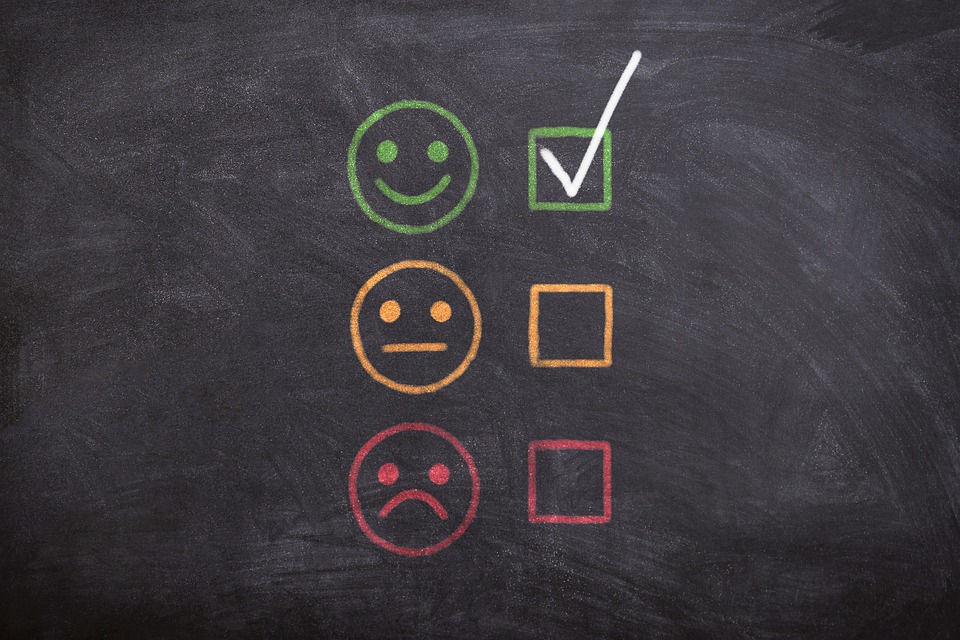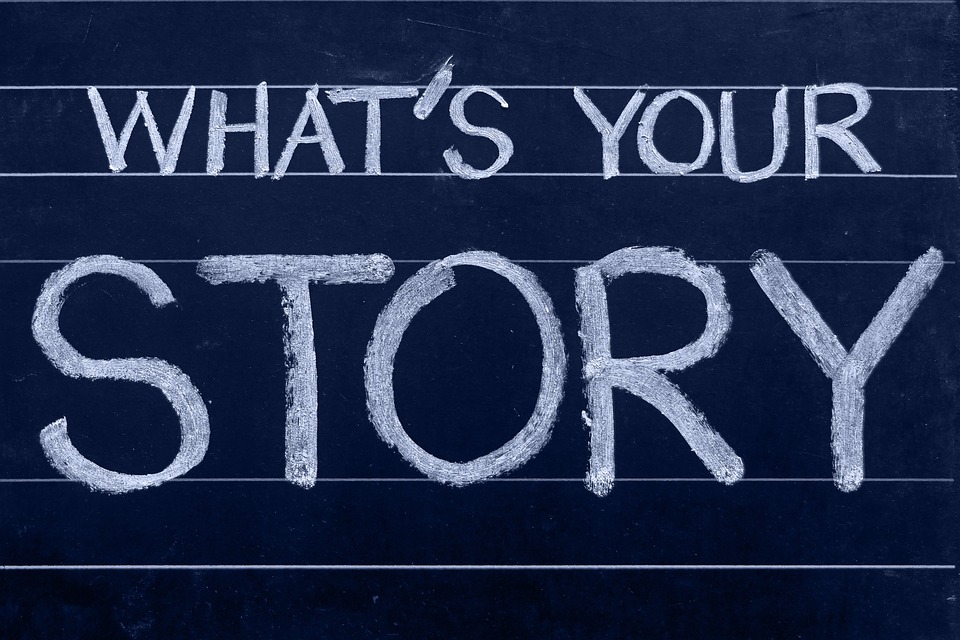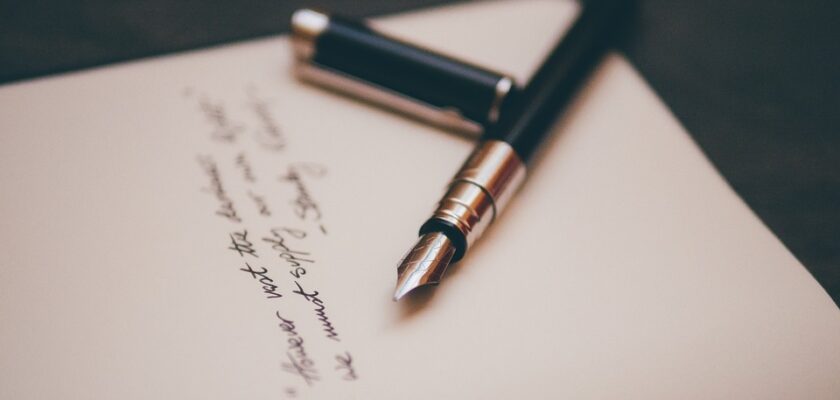Every student should learn how to write an autobiographical essay. It’s one of those assignments that every college student faces at least once in their college careers. One of the reasons teachers assign these autobiographies is because they give students the opportunity to show they can structure papers while telling a personal story. For the person writing an autobiographical essay, it can be a good method for learning about oneself and learning how to talk about one’s personal life with others.
For those who’ve never written an autobiographical essay, the prospect can be challenging, but there are various tips that can make the process easier, for example, first writing a biographical essay outline. This is one of the many tips that we’ve brought together in this guide to help you on your path to writing a great autobiography. At the bottom of this article, we also offer some autobiography examples for students! So read on and learn how to start an autobiographical essay that will excite and engage your readers!

What Is an Autobiography Essay?
Before discussing how to start an autobiographical essay, we’ll talk about the kinds of autobiographical essays. We can group them into four categories of autobiography essay (by the way, if you’re just looking for autobiography examples for students you can simply scroll to the bottom of the page). Without further ado, our four categories of autobiographical essay are:
- Personal essay
The easiest and the shortest kind of autobiographical paper. Personal essays often benefit when an author writes openly and honestly about their life. Personal essays are sometimes the means with which an author shares emotional stories and engages in self-reflection. In personal essays, authors often share their personal experiences, and describe a particular period or certain periods of their life.
- Autobiography
These essays tell the life story of the author from birth to present including any major events and milestones..
- Memoirs
In an autobiography, an author tells their readers about the most significant events in their life. An author describes some of the most important milestones of their life, including events that deeply impacted them.
- Autobiographical essays for college
These are also called personal statements or admissions essays. These papers often require a student to follow the instructions that an enrollment committee provides. An autobiographical essay for college usually contains information about an applicant’s achievements and personal qualities. The aim of these essays is convincing the members of a committee to enroll you at their college.
Literary Forms Of Autobiography
Autobiographical papers can also be categorized by their literary forms:
Intellectual
In this kind of autobiography, the author deals with the factors that influenced their values and character, analyzing what shaped their personality.
Thematic
The goal of writing an autobiography of this type is to explain events from an author’s point of view. The focus is on the author’s impressions and thoughts about real events.
Fictional
This kind of autobiography describes events that happened to the author, but does so in an artistic manner. The events depicted in a fictional autobiography might embellish or simplify things.
Biographical Essay Outline
One way to structure a autobiographical essay would be to organize it this way:
- Introduction
- Body
- Conclusion
Each section serves a different function, and in the step-by-step guide below, we will let you know more about each of these elements.
How to Start an Autobiographical Essay: Main Steps to Complete
The easiest way to understand how to write an autobiography is by following the steps below. You can also see how these steps could play out in a real piece of writing with our autobiography examples for students.

Step 1. Look for inspiration
If you have an instructor who wants you to create an example of an autobiography essay about yourself as an assignment, one of the first steps you can take to fulfill that assignment is to look for inspiration to motivate you to write. We recommend you consider reading the autobiographies of the personalities that inspire you, be it Anne Frank, Michelle Obama, or Dennis Rodman. You can also look at successful autobiography essay examples written by other students and of course, review the example we provide here in our guide.
Step 2. Collect information
When writing an autobiography essay, you do not have to provide research as you do for other types of college and university papers. Instead, you must spend time remembering your life’s key events and milestones.Think over which key life events most impacted your character or changed you. It may be helpful to make a list to refer to.
Step 3. Ask yourself questions
Some students find writing an autobiography challenging. How can I write an autobiography essay about myself? What do I pick? Where do I start? – If you’re one of these, you could try asking yourself questions to get some ideas to include in your paper. We have prepared a list of compelling questions.
How to write a biographical essay: Questions to ask yourself
- What are your key strengths?
- What are your three main goals in life?
- What are your best memories from school?
- What are five of your fundamental values?
- What are your most significant achievements to date?
- What day can you call the most memorable?
- What was the most important life lesson you’ve learned?
- What are your best memories from childhood?
Of course, you can expand the list of questions to ask yourself. Barring specific requirements, what you choose to write about ultimately depends on you.
Checklist for an Effective Autobiography
Use this checklist to help you think of the main events to include in your autobiography essay. Fill out each section and you should have plenty to write about.

Step 4. Outline an essay
Students often think that an outline for an autobiography essay isn’t necessary. In reality though, it can be quite useful for structuring your thoughts. An outline will make the writing process go smoother. A good outline will help you remember the sequence of events that you wish to include and help you remember not to leave things out.
A simple way to structure an autobiography essay is as follows:
Introduction
Include information about yourself. You might say something about your personality or your life path. You can try to catch readers attention for example, by including some surprising or unexpected fact that you’ll reveal more of in the body of your essay.
Body
Here’s where you tell your story. You can include details, facts, and connections between events and their consequences. In a short autobiographical essay, the body should contain at least three paragraphs. You can check your instructor’s requirements.
Conclusion
Here you can reiterate your main points. The conclusion might benefit from some self-reflection about the story you told, or might provide the reader with a window to your hopes or aspirations
You can use your outline as the framework for the first draft of your autobiography essay. Once you’ve finished the first draft, you can proceed with the next step.
Step 5. Polish and proofread
Of course, anyone who wonders how to write an autobiographical essay must remember that proofreading is vital. If you want a high grade, skip this step at your peril.
You’ll want to read the autobiography paper from the beginning and check the flow. Is the sequence of events correct? Did you leave something out? Does what you wrote make sense? You can check that you got your facts right – like the names of people, cities, streets,dates, numbers of things, etc.
You’ll also want to go through the text and find any typos, grammar errors, punctuation mistakes, and similar issues. Check that your tone of voice is consistent. Online grammar and spelling checkers can help with this but shouldn’t be relied on, as they can make mistakes too.
Step 6. Find beta readers
After checking the details and polishing up your paper, you can test out the final version by giving it to a friend or family member to read. If your parents, friends, or relatives were part of the events you wrote about, it might be particularly helpful to get their input, as they might remember some fun or exciting details that you forgot. It helps if your beta readers are people close to you, whom you can trust, and who will gladly give you their feedback.
Approaches to Writing an Autobiography
Students do not typically need to do a lot of research for autobiographies as they are themselves the primary source for most of the material. But with that issue mostly dealt with, the next thing to consider is how to focus the paper.
Here are some excellent ways to approach your autobiographical essay:
- Chronology
Writing your autobiography in chronological order is one logical way to approach your autobiography. Most autobiography examples for students are written as follows: birth, childhood, teenage years, early adulthood, and so on.
- Clear storyline
Alternatively, the autobiography could be oriented around a particular story.. For example, you could begin with the day that you won the chess competition and then go back and tell how you got to that point in your life.
- Detail-oriented approach
Build your essay around some key points, exciting facts, and unexpected situations that shaped you. For example, you can tell your readers that you’ve decided never to eat fast food again. Perhaps you can tell them about the time you worked at the noodle shop with cockroaches the size of mice in the kitchen. Similarly, you can talk about your relationships with people, your hobbies, education, career choices, and other things that highlight your individuality or your unique perspective.
Types Of Life Events To Include In An Autobiographical Essay
There are two primary categories of life events that you could include in an autobiography: key events and illustrative events.

- Key events are those significant and formative events that shape a person’s life. For example, it could be your parents’ divorce or when you were elected class president.
- Illustrative events are less “significant” in the sense of being single-point events that changed the course of things, but are nevertheless still vital in highlighting a certain period of your life—a movie date with your significant other, the time your father taught you how to ride a bicycle, your first day of summer vacation, the time you walked out of the bathroom with toilet paper on your leg, etc.
Exercise: Defining Key And Illustrative Events In Your Life
To help you better understand how to write an autobiography finding the most relevant key and illustrative events in your life, we offer you this fast and easy exercise:
- Create two lists with bullet points – one with key events and one with illustrative events. Briefly describe each event. For example:
Key Events
- The year my family moved from Italy to the USA.
- The first time I met my best friend.
- The first time I tried playing piano.
Illustrative events
- My emotions flying on a plane to go to Disney World.
- A remarkable conversation with my best friend.
- A day when I had a great piano lesson.
Benefits Of Writing An Autobiographical Essay
If you aren’t feeling motivated to work on your autobiographical essay, consider some of the benefits of writing a story about your life::
- You learn more about yourself
Writing an autobiographical essay is a great way to self-reflect. At the end of the day, the main person in your life is yourself. Exploring your life, analyzing the lessons you have learned, and defining the core events that influenced your life choices can help you to better know yourself. When readers learn about your life, it might even help them to understand themselves better.
- You psychologically heal yourself
The world we live in can be cruel, chaotic, and stressful. Many people choose to see therapists in order to stay mentally healthy. because they help us to understand our feelings and the reasons for our actions. Many therapists suggest that their clients write about their lives in order to recall key situations and to analyze them. An autobiography can be a powerful tool for self-healing.
- You define your goals
When writing an autobiography, you think about your life goals and your purpose. Each person wants to understand the meaning of his or her life and make their existence matter. Writing a story about your life helps you to see the big picture and how different events in your life connect with one another. Learning from your past and considering your future can give you insight into your present.
Check Out One of the Amazing Autobiography Examples For Students
We invite you to review our example of an autobiography essay about yourself to get ideas about structuring, formatting, tone of voice, etc.

Autobiography
My name is Tom Smith and I am a psychologist. I help people with mental health issues and learning difficulties. I love my job because I can personally relate to their struggles and it’s rewarding for me to help them overcome these struggles. I know how hard it can be to cope with ADHD, meanwhile balancing school and work.
I was born and raised in a small town that you’ve never heard of near Houston, Texas. I grew up in a family of four: my brother Tom (whose hand-me-downs I grew up wearing), my twin sisters Jane and Mary, and me. We had a family business – Nut Creek Farm – that we owned and operated. We usually didn’t have a lot of extra money and had to work hard just to keep the farm running.
Sometimes, one of my siblings or I would stay home from school to help out with the farm, especially during the planting and harvesting seasons. It wasn’t always easy to balance education and work, but we did our best to support each other and to help out our parents.
I can say that my childhood was challenging because I had an undiagnosed case of Attention-deficit/hyperactivity disorder (ADHD) that affected my learning. I had trouble focusing, staying still, and following instructions. I would often get distracted, leave my things in random places, or lose track of time. I also had difficulty making friends and getting along with others. My parents and siblings didn’t know about my condition and they thought I was just lazy, careless, or rebellious. I felt frustrated and ashamed of myself. I hated school and I hated myself. I wanted to do well, but I didn’t know how. I felt like I was a burden to my family.
But things changed for me when I was 15 years old. My family sold the farm and we moved to England when my father got a job opportunity there. It was a big change for us, but it was also a chance for a fresh start. I enrolled in a new school that had a different education system and more resources for students with special needs.
There, I met a teacher, Ms. Bainbridge, who noticed my difficulties and suggested that I get tested for ADHD. I was reluctant at first, but I agreed to do it. The results confirmed that I had ADHD and that I needed medication and therapy to manage it.
I was a little bit shocked, but also relieved. For the first time in my life, I understood why I was different and what I could do about it. I started taking medication that helped me control my impulses and improve my concentration. I also started seeing a therapist who helped me cope with my emotions and develop strategies to overcome my challenges. With the help of medication, therapy, and supportive teachers, I began to improve my academic performance and my sense of self worth grew. I also made some friends who accepted me for who I was.
Having seen what a big difference psychology made in my life, I decided to pursue it in college and become a psychologist myself. I worked hard to achieve my goal. I studied diligently, participated in extracurricular activities, and applied for scholarships. My family was proud of me and supported me all the way. I graduated from high school with honors and got accepted into a prestigious university in the UK. There, I continued to excel in my studies and gained valuable experience in research and clinical practice. I also met my wife, a fellow psychologist.
After completing my PhD in psychology, I moved back to the U.S. with my wife and started working as a psychologist at a mental health clinic. There, I help people who have mental health issues and learning difficulties like ADHD.
I love my job because I can relate to their struggles and help them overcome them. I use my own experience as an example of how ADHD can be managed and how it can also be an asset.
I am proud of myself for overcoming the challenges of ADHD and achieving my goals. I am grateful for the education that helped me discover my passion and potential. And most of all, I am thankful for the support of my family who never gave up on me.
Mistakes to Avoid When Writing an Autobiographical Essay
One way to make your paper great is to learn from the mistakes of others. If you’d like to save time and avoid some common mistakes, we invite you to read some of our writing pointers below.
- Be patient when choosing your wording and be careful with your punctuation. Better to have one good word rather than five “fluff” words. No matter how good your writing, punctuation mistakes will negatively impact people’s opinions of your writing. Be consistent in tone.
- Be ethical. Autobiography essays will often mention real people, be they relatives, friends, or romantic partners. If you are going to include some personal or potentially embarrassing information about someone, it’s best to ask for their permission.
- Avoid trivial details. Your aim must be to make the text honest, real, and interesting. Your autobiography essay therefore need not include a lot of details with no bearing on the story you wish to tell.
- Do not make the paper overly long or short. Your instructor most likely providing instructions for how long the essay should be.
- Be expressive. Try to relate creativity and passion, what you felt at different points in your life.
Some Books to Get Inspired
Now you know the main steps from our guide that explain how to write an autobiographical essay. If you want to get more inspiration and useful information, consider reading these books:
“My Autobiography” by Charlie Chaplin (1964)
“My Game” by Booby Orr (1974)
“My Family and Other Animals” by Gerald Durrell (1956)
“An Autobiography” by Agatha Christie (1965)
“Orlando: A Biography” by Virginia Wolf (1928)
“The Beatles (the Authorized Biography)” by Hunter Davies (1968)
“Zen and the Art of Motorcycle Maintenance: An Inquiry into Values” by Robert M. Pirsig (1974)
“My Life in France” by Julia Child (2006)
“Girl, Interrupted” by Susanna Kaysen (1993)
“Under the Tuscan Sun: At Home in Italy” by Frances Mayes (1996)
“The Man Without Qualities” by Robert Musil (1930-1943).
Need Help With Autobiography Examples?
Now you should have a good idea of how to write a biographical essay. We’ve gone over the key elements of the autobiography essay and also included a free sample essay. We are sure you will be excited to learn that in addition to this guide and autobiography essay examples our team of writers produces other kinds of writing help including argumentative, narrative, expository, and descriptive.

